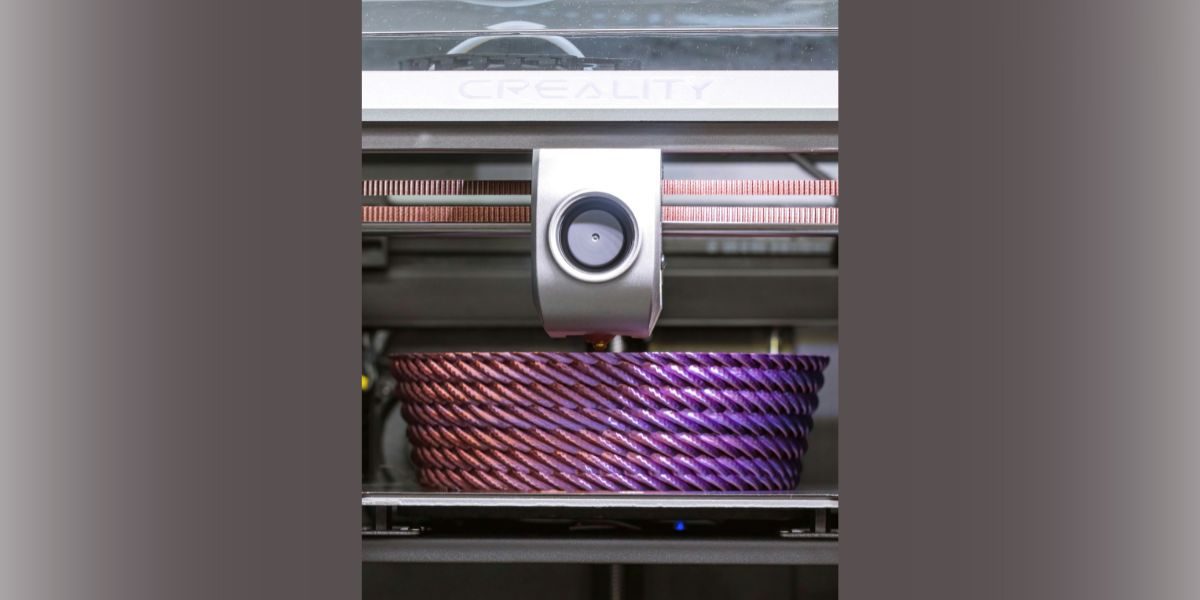Heat transfer printing might seem like magic, but at the center of it is your Heat Press Machine. It can turn a plain t-shirt into something unique or transform a dull phone case into an eye-catching design. Pretty neat, right? However, don’t be fooled by its charm—there’s a precise science behind it. If the temperature is too low, your design may not fully adhere. Apply too little pressure, and your artwork might not transfer properly. Choose the wrong material, and you could end up with less-than-perfect results. Today, we’re going to explore the science behind heat transfer printing, with a little bit of humor to keep things light and enjoyable.
The Basics of Heat Transfer Printing: Where Science Meets Art
Heat transfer printing relies on two main elements: “heat” and “pressure.” By applying high temperatures and pressure, designs are transferred from special mediums—such as heat transfer paper or vinyl—onto your target material. The key is finding the right balance between temperature, pressure, and materials. Think of it like baking a cake: too little heat, and it’s raw; too much pressure, and the cake may collapse; use the wrong ingredients, and you could end up with something that’s not quite right.
This is where the Heat Press Machine comes in, acting as your “oven.” Modern machines like the Auto Heat Press aim to reduce human error and make the process faster and more accurate. Sounds helpful, right? Let’s break down how this all works.
Temperature: The Soul of Heat Transfer
Temperature is a critical part of the heat transfer process. It determines if your design will properly adhere to the target material. If it’s too low, your design may struggle to stick; too high, and you risk damaging the material.
Different materials require specific temperature ranges:
- T-shirt transfers: Typically need between 300°F and 350°F (about 150°C to 175°C) to help the heat transfer paper coating melt and adhere to the fabric.
- Hard materials (like ceramics or metal): These usually require higher temperatures, often around 400°F (about 200°C). Be careful not to overdo it—you don’t want to end up with a ruined mug.
If you’re concerned about getting the “temperature recipe” just right, modern machines like the Auto Heat Press come with smart temperature controls, which help ensure your project doesn’t end in a mishap.
Pressure: The Driving Force of Transfer
Pressure acts like a firm handshake in the heat transfer printing process. Too little pressure, and your design won’t stick; too much, and the material might get damaged. It’s much like a massage—too light, and it’s ineffective; too hard, and it could hurt.
Traditional Heat Press Machines require manual pressure adjustments, which can be tricky for beginners. Fortunately, the Auto Heat Press comes with automatic pressure adjustment, making the process smoother and less stressful.
Materials: The Foundation of Transfer
Materials are the foundation for your design, and they determine whether your artwork will be successful or not. Common materials used in heat transfer printing include:
- Fabric: Cotton and polyester are popular because they absorb coatings well.
- Hard materials: Ceramics, metals, and plastics require specific transfer mediums (like heat transfer coatings) to work properly.
- Vinyl: Vinyl is a popular choice for phone cases and stickers, as it is durable, colorful, and trendy—a true “staple” in the heat transfer world.
For extra precision, consider using a DTF Printer (Direct-to-Film printer). This technology allows you to print designs directly onto a special film, which can then be transferred onto various materials using a heat press machine. Compared to traditional heat transfer paper, DTF Printer designs are known for being more detailed and vibrant, making them a good option for complex artwork.
Balancing Temperature, Pressure, and Materials: The Recipe for Flawless Transfers
Achieving flawless heat transfer printing requires precision and care, similar to brewing a great cup of coffee. Here are a few practical tips:
- Choose the right equipment:
- Use a Heat Press Machine or Auto Heat Press for accurate temperature and pressure control.
- Pair it with a DTF Printer for high-quality designs on transfer films.
- Understand your materials: Different materials respond differently to heat and pressure. Always check the material’s specifications and adjust the settings accordingly.
- Test and tweak: Before diving into your final project, run a test. Fine-tune the temperature and pressure to get the desired results.
How Modern Equipment Enhances Heat Transfer Efficiency
Older heat press machines are like typewriters—they get the job done but aren’t as efficient. Modern devices like the Auto Heat Press and DTF Printer are more efficient and user-friendly:
- Auto Heat Press: Automation eliminates the need for manual adjustments, saving time and reducing errors. It’s well-suited for batch production of custom products like t-shirts and phone cases.
- DTF Printer: Direct printing technology makes it easier to create intricate designs and supports a wider range of materials, expanding the possibilities for heat transfer projects.
Summary: Science Meets Creativity
The success of heat transfer printing depends on the right balance of temperature, pressure, and materials. While this may sound complicated, modern equipment like the Heat Press Machine, Auto Heat Press, and DTF Printer make it easier to achieve professional results.
So, the next time you see a beautifully customized t-shirt or phone case, take a moment to appreciate the science behind it—and the DIY enthusiasts who likely made a few mistakes along the way before getting it right. After all, heat transfer printing isn’t just a technique; it’s an art form where creativity and science meet, often with a bit of trial and error thrown in!

















